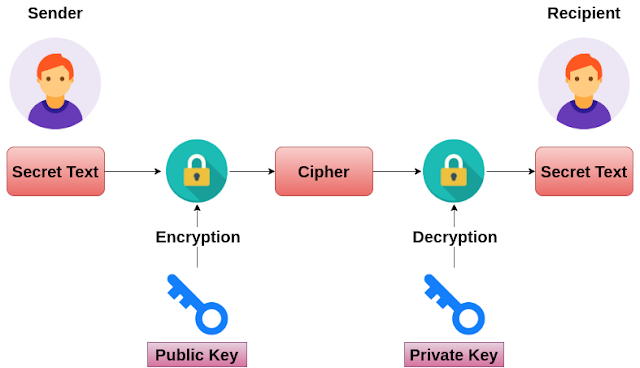Go Language - Multilevel Data Encryption Using AES and RSA - Implementation

Advanced Encryption Standard(AES) is a symmetric encryption algorithm. AES encryption is used by the U.S. for securing sensitive but unclassified material, so we can say it is enough secure. It allows 128 bit, 192 bit and 256-bit encryption. Symmetric encryption is very fast as compared to asymmetric encryption and are used in systems such as database system. The RSA algorithm (Rivest-Shamir-Adleman) is a cryptographic algorithm that is used for specific security services or purposes, which enables public-key encryption and is widely used to secure sensitive data, particularly when it is being sent over an insecure network such as the HTTP. A public key is shared publicly, while a private key is secret and must not be shared with anyone. Encryption's primary purpose is to protect against brute force attacks. It is composed of a cipher, the message/data, and a key (the password). With a wide range of free tools available like(Aircrack-ng, John the Ripper, Rainbow Crack, L0phtCrac...

